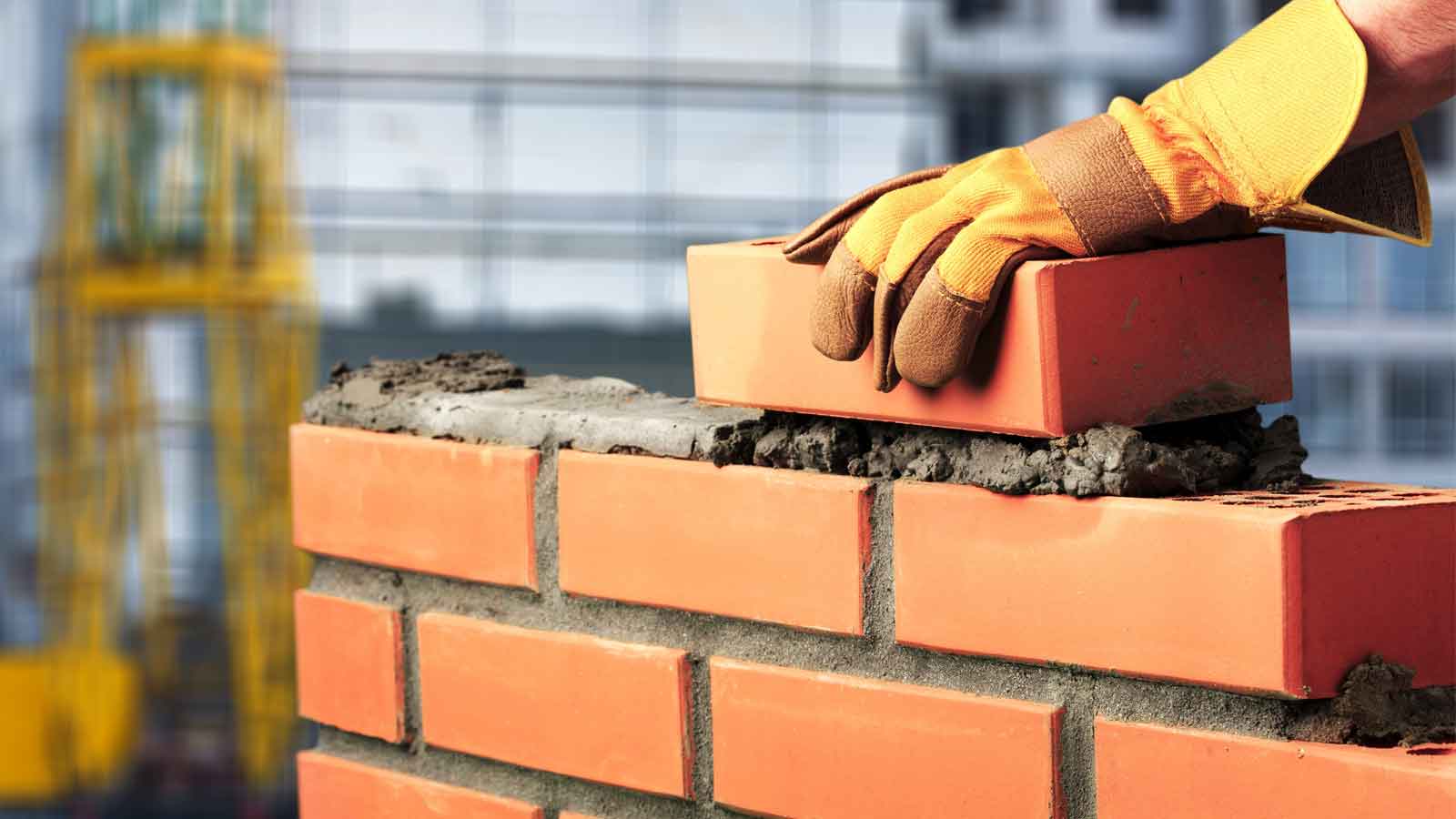Reliable Tuckpointing Services for Improving Block and Stone Surfaces
Reliable Tuckpointing Services for Improving Block and Stone Surfaces
Blog Article
Opening the Secrets of Sustainable Stonework Building Practices for Eco-Friendly Structures
In the world of modern-day building, the search of lasting methods has actually become paramount. Among the myriad approaches to eco-friendly building, lasting masonry construction stands apart as a time-tested and durable technique that holds a wealth of untapped possibility. From the option of products to innovative building strategies, the tricks to achieving sustainability within stonework building and construction are multifaceted and fascinating. By exploring the advantages, materials, strategies, and future fads of sustainable stonework, a much deeper understanding of how these practices can shape the future of green buildings arises.
Benefits of Sustainable Stonework Building And Construction
Embracing lasting stonework building techniques not just minimizes ecological effect but additionally uses long-term financial advantages to builders and areas. By making use of materials like recycled bricks, obstructs, and rocks, home builders can substantially reduce the carbon impact of their jobs while advertising source effectiveness. Furthermore, lasting stonework building methods, such as correct insulation and thermal mass buildings, can improve energy performance within buildings, causing decreased operational expenses in time.
In addition, the longevity and strength of masonry structures add to long-term financial benefits. Buildings built using sustainable masonry methods typically require much less repair and maintenance, equating to set you back financial savings for building contractors and homeowner. The long life of stonework products additionally guarantees that structures remain steady and secure, minimizing the requirement for frequent restorations or replacements.
Eco-Friendly Stonework Materials
Using environmentally friendly masonry materials is a crucial action towards improving the sustainability of building and construction practices and minimizing environmental impact while taking full advantage of long-term financial benefits. Lasting stonework materials are sourced, created, and used in a fashion that decreases overall environmental effect. Lasting concrete obstructs include recycled aggregates and may feature better insulation properties, contributing to energy performance in structures.
Moreover, natural materials like adobe, rammed earth, and straw bales offer exceptional thermal mass residential properties, lowering the demand for home heating and cooling down energy. These materials are usually in your area readily available, advertising local economic climates and minimizing transportation-related carbon exhausts. By choosing eco-friendly stonework products, building tasks can dramatically decrease their environmental footprint and add to the production of much healthier, extra lasting developed settings.
Energy-Efficient Stonework Methods
Power effectiveness plays a critical function in enhancing the sustainability of stonework building techniques. One key energy-efficient stonework strategy is the usage of thermal mass, which includes integrating dense products like concrete or brick into the structure's structure to soak up and keep warm.

Developments in Sustainable Masonry
Current innovations in sustainable masonry techniques have brought around cutting-edge techniques that are reshaping the building and construction sector. One such advancement is the advancement of self-healing concrete, which uses germs installed within the concrete to heal fractures autonomously. This advancement not only lowers maintenance costs but also improves the resilience of masonry structures, contributing to their sustainability.
Another remarkable advancement is making use of recycled accumulations in masonry building and construction - masonry contractor. By including products such as crushed ceramic waste or recycled glass into concrete mixes, builders can minimize the environmental impact of construction projects while maintaining architectural stability. This method not only diverts waste from garbage dumps however also conserves natural deposits, making it a crucial advancement in lasting stonework building
In addition, the assimilation of electronic style devices, such as Building Details Modeling (BIM), is reinventing the way masonry structures are intended and created. BIM permits even more precise estimations, lowered material wastefulness, and enhanced power effectiveness, inevitably resulting in more lasting building methods. These innovations collectively symbolize an encouraging future for lasting stonework building and construction in the period of green buildings.
Future Trends in Stonework Sustainability
With the cutting-edge strides made in sustainable stonework practices, the future fads in stonework sustainability are positioned to additional change the building and construction market. Among the vital fads shaping the future of masonry sustainability is the enhanced combination of innovation. Innovations such as Structure Information Modeling (BIM) and digital truth simulations are being used to maximize stonework building processes, resulting in minimized material waste and boosted power efficiency in buildings.
Additionally, the growth of unique sustainable materials is readied to play a considerable role in improving the eco-friendliness of stonework construction. masonry contractor. Innovations like self-healing concrete, recycled accumulations, and bio-based binders are getting grip for their capability to lessen ecological influence while preserving architectural honesty

Final Thought
In final thought, sustainable stonework construction methods offer numerous advantages for environment-friendly buildings. masonry contractor. Technologies in sustainable stonework are continually being created to further improve the environmental efficiency of structures.
Report this page